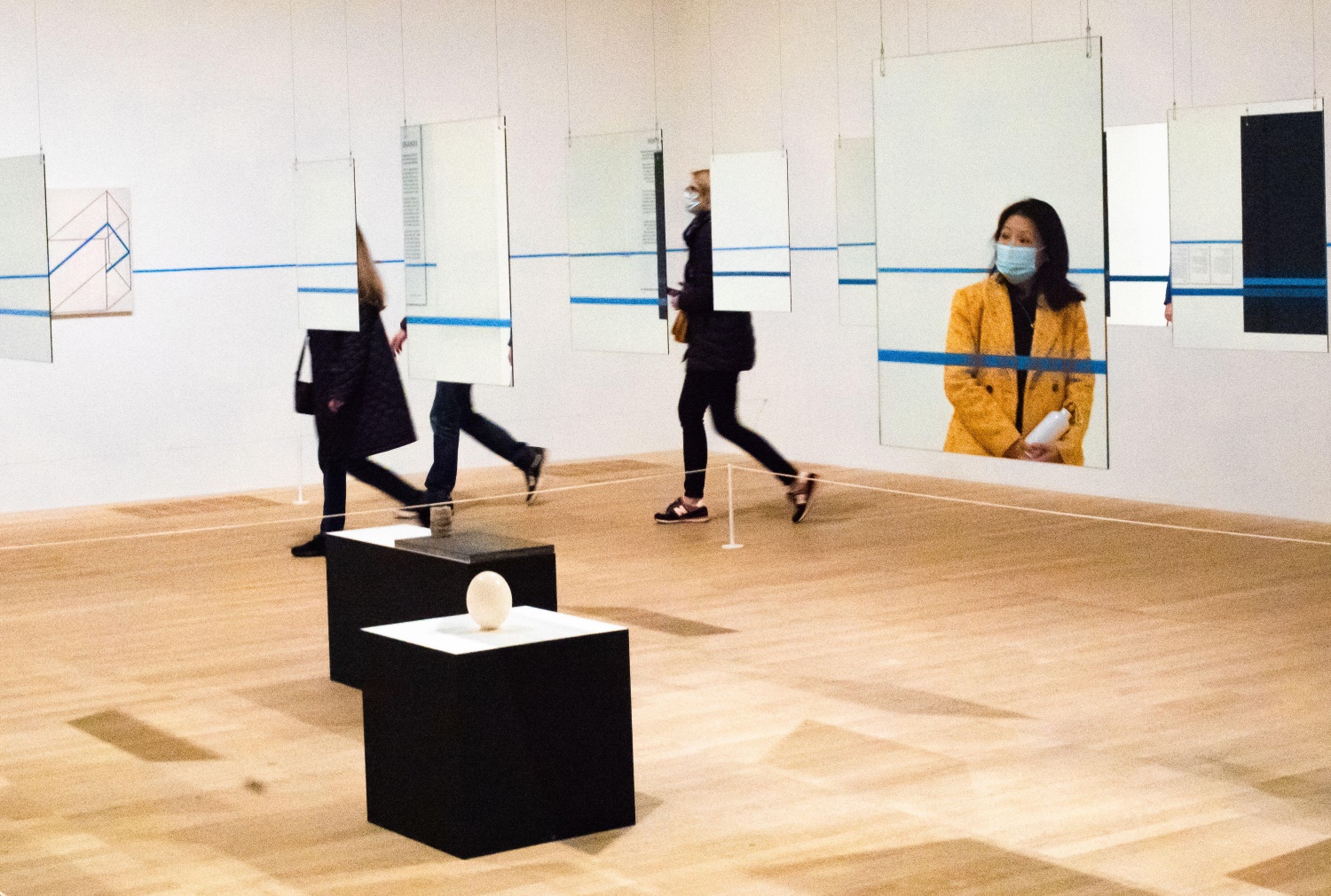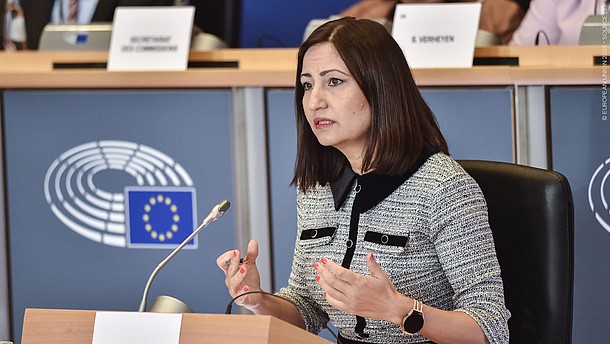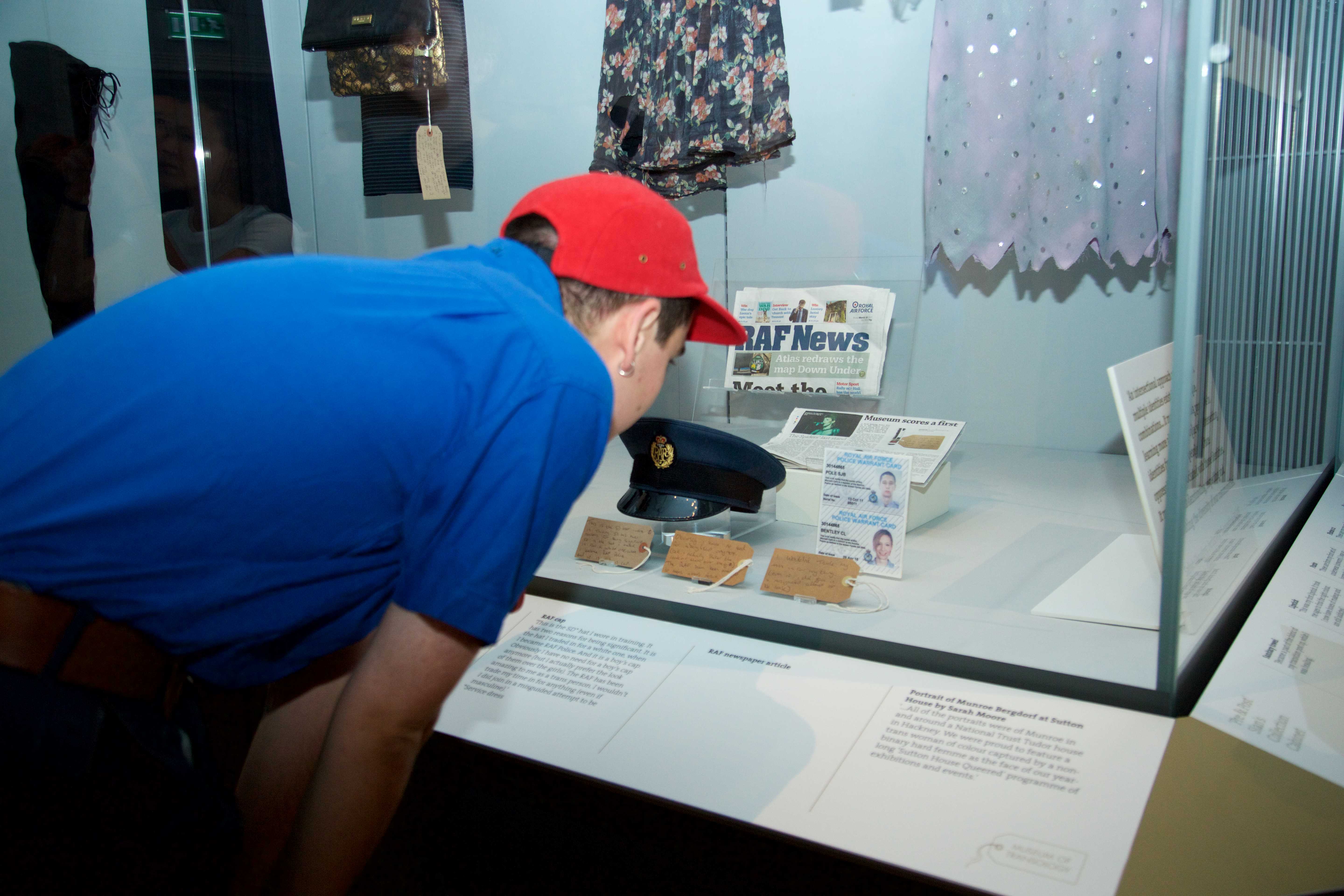Jackie Armstrong, Associate Educator, Visitor Research and Experience at the Museum of Modern Art, refers to the collective trauma inflicted by the Covid-19 pandemic to highlight the raised awareness of the need to address trauma in the visitor experience and in the workplace. By adopting trauma-informed values, museums may gain a stronger sense of shared humanity, which makes up the foundation of relationships among staff and with the broader public.
Armstrong identifies three areas of focus that museums should prioritise when embracing trauma-informed values in their work:
- Embracing vulnerability and authenticity
- Slowing down and rejecting urgency
- Centring accessibility and disability
As for defining trauma, Armstrong uses the definition by Peter Levine: anything that is too much, too soon, and too fast for our nervous system to handle, where there isn’t time or space to process the experience. Trauma is also too much for too long, where our nervous system doesn’t get a chance to settle and feels constantly under threat. On the other hand, it can also be what didn’t happen.






